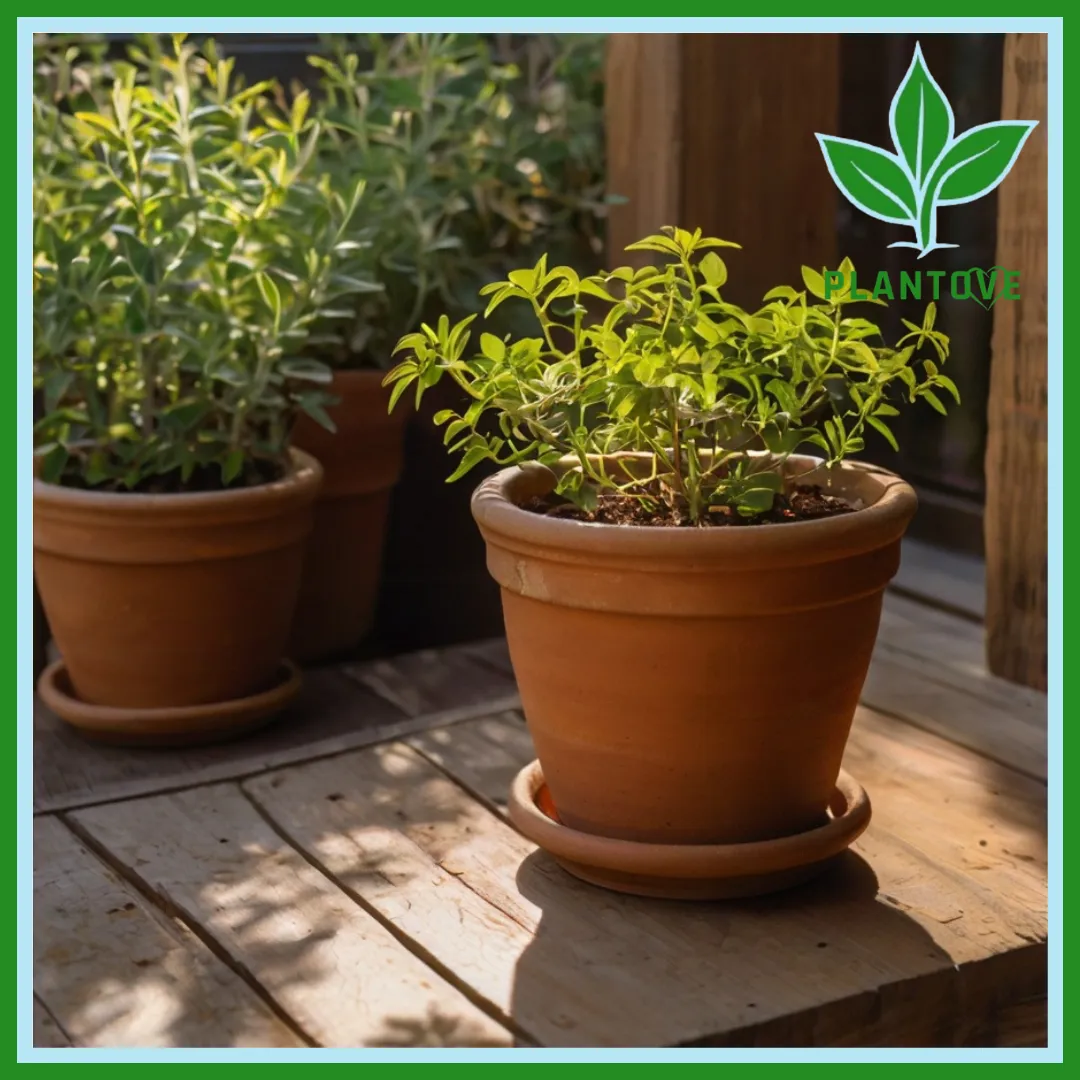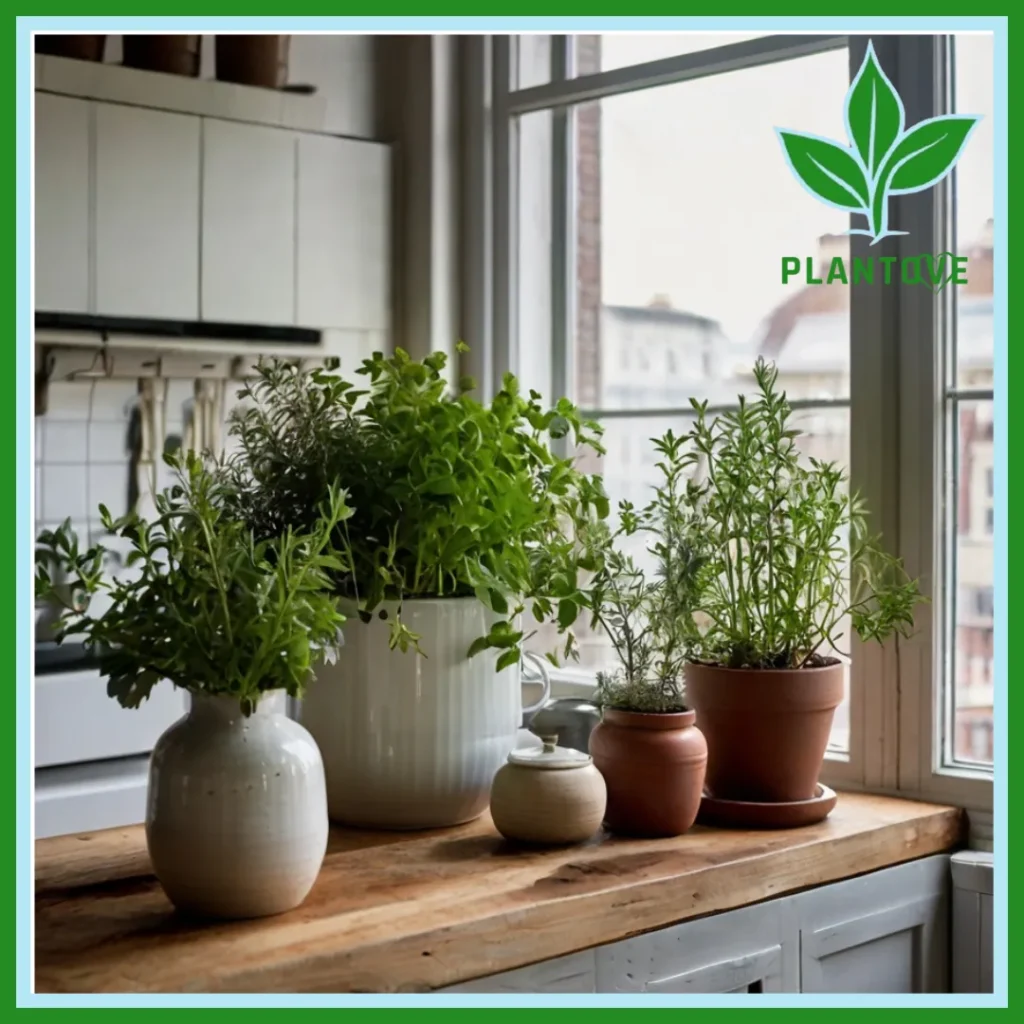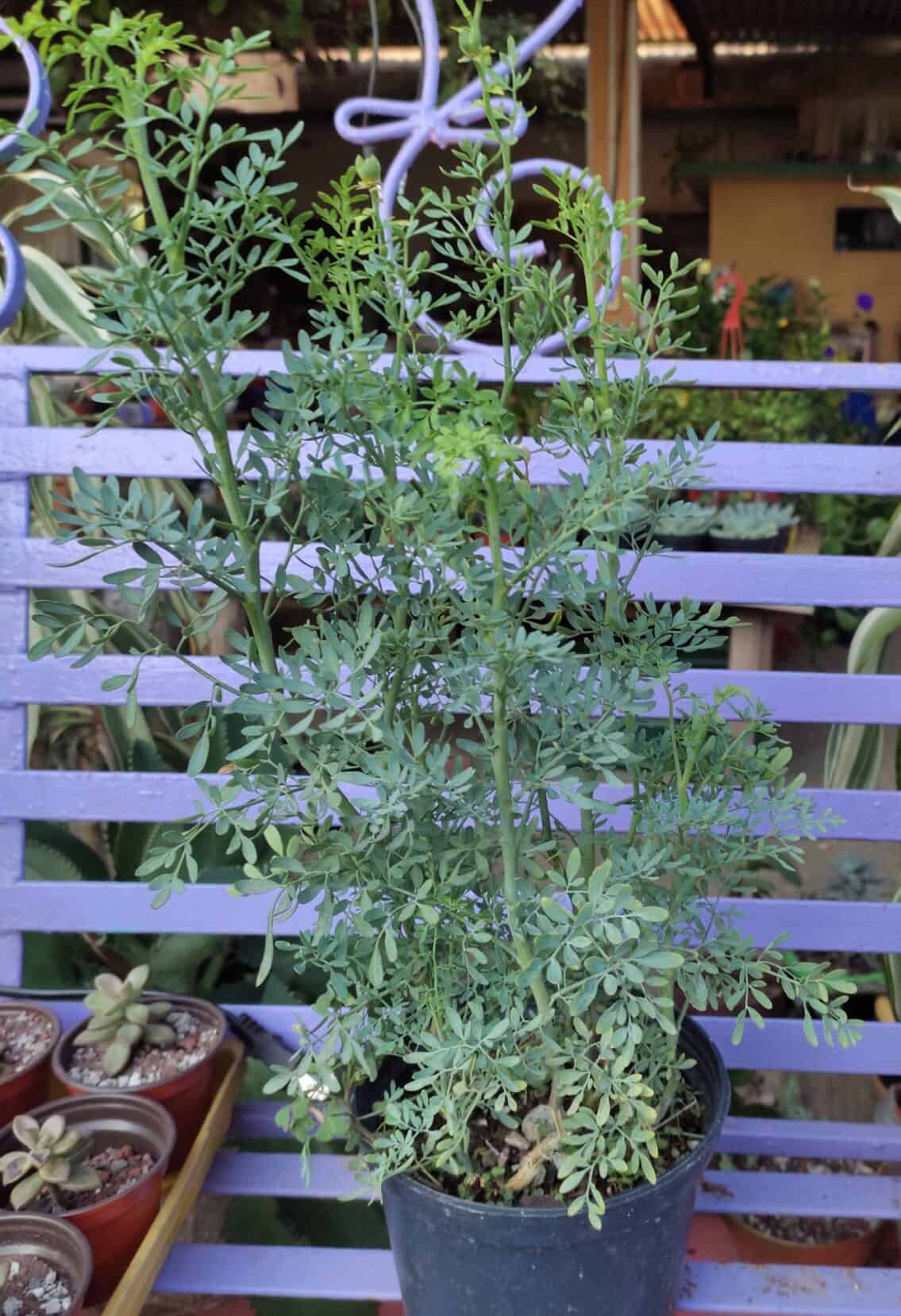Discovering The Ruda Plant - A Timeless Green Friend
The ruda plant, sometimes known as rue or ruta graveolens, is quite a special green friend with a truly long story to tell. This isn't just any garden green; it holds a very deep past, you know, stretching back through many, many years. People have looked to this particular plant for its comforting qualities and for what it could do for their well-being, which is pretty neat, if you ask me. It also carries a lot of meaning in different ways for people, which is, like, a really big part of its charm.
For many, many centuries, this unique and versatile plant has been a trusted helper, offering its properties for medicinal purposes and serving as a pretty lovely addition to gardens. Its long-standing place in human life, both for health and for its symbolic value, shows just how much people have relied on it. It’s a plant that, in a way, has been quietly supporting folks for ages, offering what it can.
You might be wondering about this interesting herb, how it looks, or where it comes from. Well, it's a small, lasting green bush that has its roots in certain parts of the world, and it has a very distinct look and a strong scent, too. We'll be looking at all sorts of things about this plant, from its old uses to how you might grow it in your own sunny spot.
Table of Contents
- The Ruda Plant - A Story Through Time
- Where Does the Ruda Plant Call Home?
- What Does the Ruda Plant Look Like?
- How Can You Grow the Ruda Plant?
The Ruda Plant - A Story Through Time
The ruda plant, often called rue or by its scientific name, ruta graveolens, is a truly remarkable green helper with a very rich story that stretches back through time. Its history is tied to both its long-standing use for helping people feel better and its important meaning in various cultures. People have, for ages, turned to this plant for different kinds of support, which is, you know, quite a testament to its lasting appeal. It has been a part of human life for many hundreds of years, offering its unique qualities.
This plant has been considered a valuable part of traditional ways of living for a very, very long time. From its possible ways of helping with different kinds of discomforts to how it is grown and looked after, the ruda plant has always been a subject of interest. Its ability to provide comfort and its presence in old customs really show its enduring place in the lives of people. It’s more than just a green thing growing in the soil; it’s a piece of shared human experience, in a way.
Think about it: a single plant that has been passed down through so many generations, each one finding new ways to appreciate its gifts. That, to me, is pretty cool. The fact that it’s still talked about and used today speaks volumes about its effectiveness and the trust people have placed in it. It’s a little piece of living history, you could say, right there in your garden or in old stories.
What makes the ruda plant so special?
So, what exactly is it about the ruda plant that sets it apart from other green things? Well, it’s known as a powerful herb, especially when we think about its place in spiritual and ritual practices. People have used it, you know, for its ability to make spaces and items feel clean and pure. It’s also been seen as a kind of shield, offering protection against things that might be considered harmful or unwelcome. This makes it more than just a simple plant; it becomes a tool for well-being in a very broad sense.
Its unique and versatile nature is truly something to notice. For centuries, people have used it not just for what it might do for the body, but also as a lovely plant to look at in gardens. This dual purpose, as a helper for health and as something beautiful, really shows how adaptable and useful it has been over time. It’s a plant that, in some respects, serves many different needs, which is quite rare.
The benefits linked to this herb are quite varied, too. Beyond its more practical uses, its role in cultural customs gives it a certain kind of charm. It’s like a quiet keeper of old wisdom, offering its presence and properties to those who know how to appreciate it. This long history of being a part of human life, in so many different ways, truly makes the ruda plant a very special member of the plant kingdom.
Where Does the Ruda Plant Call Home?
If you're wondering where this interesting plant first grew, the ruda plant has its origins in a particular part of the world. It is, you know, originally from the Mediterranean area. This means it’s used to sunny spots and certain kinds of soil, which shaped how it grows and thrives. Knowing where a plant comes from often tells us a lot about what it needs to be happy in a garden, which is pretty helpful.
More specifically, some accounts point to it being a small, lasting green bush that is native to the Balkan Peninsula. This region, like the broader Mediterranean, has a climate that suits the ruda plant very well. It's interesting to think about how a plant starts in one specific place and then, over time, becomes known and grown in so many other areas, too. It’s a bit like a traveler, really, spreading its roots far and wide.
The fact that it’s from these sunny, often dry, regions helps us understand why it does so well in places with similar weather. It's not a plant that, say, likes a lot of shade or constantly wet ground. Its native home has shaped its very nature, allowing it to grow strong and healthy in those conditions. This connection to its place of origin is, you know, a key part of its story.
The ruda plant's native spots
While the ruda plant started its life in the Mediterranean region, it has, over time, been grown in many different parts of the world. This spread shows how much people value it, moving it from its original home to new places where it can be cared for and used. It’s quite a journey for a plant, really, to go from a specific native spot to being known across continents.
Even though it’s originally from these specific areas, its ability to adapt has allowed it to find new homes. People have taken the time to cultivate it, meaning they've put effort into growing it in places far from where it naturally appeared. This kind of human effort truly highlights its long-standing medicinal and other valuable qualities. It’s a testament to its usefulness, in a way.
So, while its true home is the Mediterranean and the Balkan Peninsula, its presence in gardens and traditions around the globe speaks to its broad appeal. It’s a plant that, you know, has made itself at home in many different settings, all thanks to its helpful nature and the care people have given it. This wide distribution makes it a plant with a truly global reach.
What Does the Ruda Plant Look Like?
When you see the ruda plant, you'll notice it has a very distinct appearance that makes it stand out. It's a small, lasting green bush, which means it stays around year after year. One of its most noticeable features is its leaves, which have a lovely mix of green and blue colors. This gives the plant a somewhat unusual and appealing look, which is, you know, quite pretty to see in a garden.
In the warmer months, typically in the summertime, this plant puts on a show with its clusters of tiny blooms. These little flower groupings add another layer of visual interest to the plant. Beyond its looks, it's also known for having leaves that give off a very strong scent. This aromatic quality is a big part of what makes the ruda plant recognizable, even if you don't see it right away.
The combination of its interesting leaf colors, its small size, and its powerful fragrance truly gives the ruda plant a unique personality. It’s not a plant that just blends in; it has a way of making itself known, both by sight and by smell. This distinct appearance is, you know, one of the reasons it's often used as an ornamental plant, adding beauty to outdoor spaces.
The ruda plant's distinctive look
The ruda plant, also called rue or ruta graveolens, is quite a unique and versatile plant, and its looks are a big part of that. Its green and blue foliage gives it a somewhat cool and calming presence in a garden. But it’s not just about how it looks; this plant is also known for attracting certain creatures, which is pretty interesting. It tends to bring in butterflies, which are, you know, lovely to watch fluttering around.
It also draws in whiteflies and other kinds of pollinators, which are very important for helping other plants grow and produce food. Sometimes, you might even see wasps around it, too. This ability to attract different kinds of garden visitors adds another layer to its distinctive character. It’s like a little hub of activity, all thanks to its particular scent and look.
Its strong fragrance is, in a way, a key part of its identity. It’s not a subtle smell; it’s something you notice. This aroma, combined with its unique leaf colors and the way it blooms in summer, truly makes the ruda plant stand out. It’s a plant that, you know, has a lot going for it, both in terms of its appearance and the life it brings to a garden space.
How Can You Grow the Ruda Plant?
If you're thinking about adding this interesting herb to your own garden, knowing how to grow the ruda plant is pretty straightforward. It’s a plant that, you know, likes a spot where it can get plenty of sunshine. So, picking a sunny herb garden location is a very good start for it to do well. It's a lasting green plant, meaning it will come back year after year if it’s happy where it is.
This plant, which is part of the rutaceae family, is a small, lasting green bush. It's known for being quite adaptable, especially in conditions that mimic its native Mediterranean home. Learning how to care for this herb means giving it the right amount of sun and not too much fuss. It tends to be a fairly low-maintenance plant once it gets settled, which is a nice bonus for gardeners.
Growing the ruda plant can actually be a really rewarding experience. It’s not just about having a pretty plant; it’s about bringing a piece of living history into your own outdoor space. The fact that it’s been cultivated for so long in various parts of the world shows that it’s a plant that, you know, is quite forgiving and willing to grow in different places, as long as its basic needs are met.
Cultivating the ruda plant
When you cultivate the ruda plant, you’ll find it does something quite clever in a sunny herb garden. It actually performs a kind of double duty, which is pretty neat. On one hand, it’s good at bringing in insects that are helpful for your garden. These beneficial creatures assist other plants in growing strong and healthy, which is, you know, a real plus for anyone who likes to garden.
At the same time, this plant also has a reputation for keeping away creatures you might not want around. It can help to repel pests, which means it acts as a natural guardian for your other garden residents. This makes it a very practical addition to a garden, not just a pretty one. It’s like having a little helper that does two important jobs at once.
So, if you’re looking to create a balanced garden space, the ruda plant could be a good choice. Its ability to attract helpful insects, like butterflies, whiteflies, and other pollinators, while also deterring unwanted guests, truly makes it a valuable plant to have around. Sometimes, you might even see wasps around it, too, which is just part of its interesting nature. It’s a plant that, in a way, contributes a lot to the overall health of your garden.

Ruda Plant: Benefits, Uses, and How to Care

Ruda Plant: Benefits, Uses, and How to Care

Discover the Health Benefits of Ruda Plant - Plants Craze